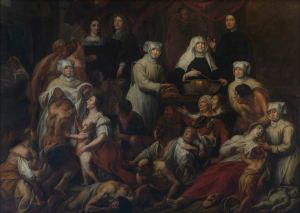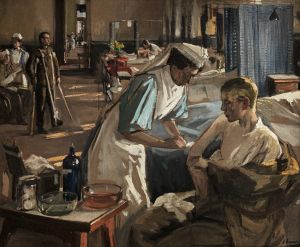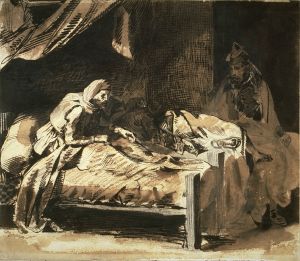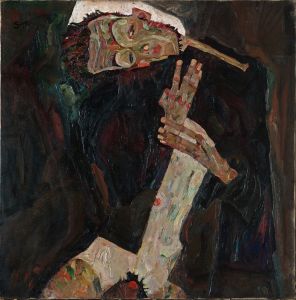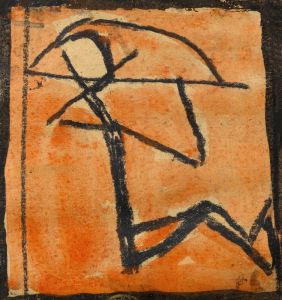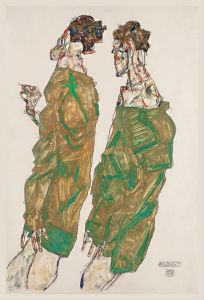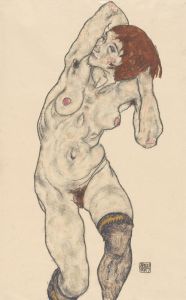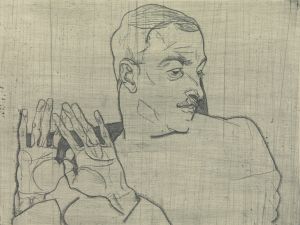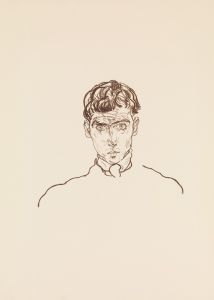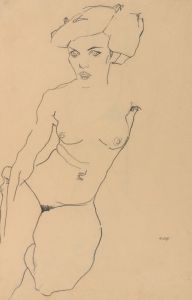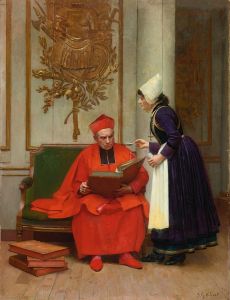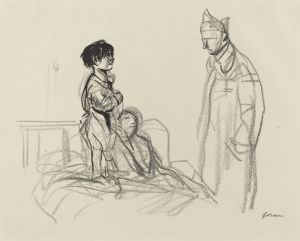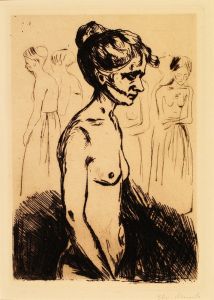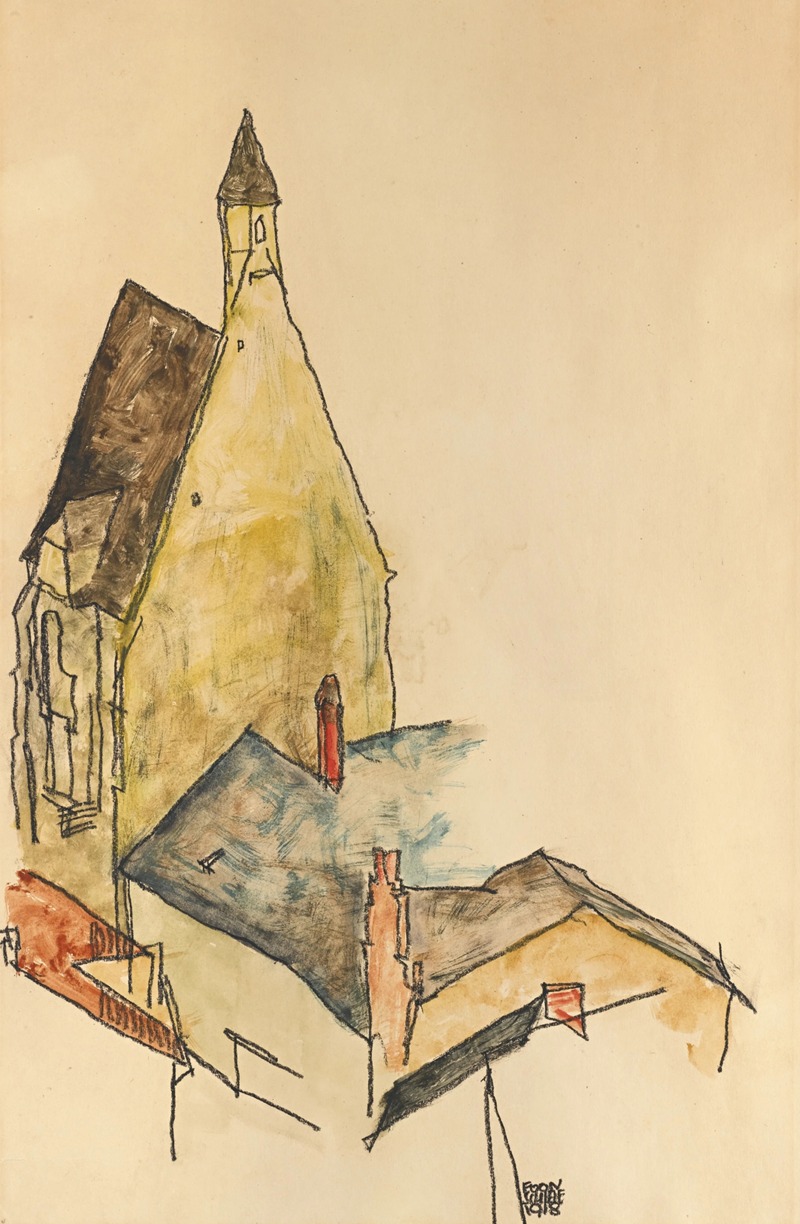
Spitalskirche, Mödling
A hand-painted replica of Egon Schiele’s masterpiece Spitalskirche, Mödling, meticulously crafted by professional artists to capture the true essence of the original. Each piece is created with museum-quality canvas and rare mineral pigments, carefully painted by experienced artists with delicate brushstrokes and rich, layered colors to perfectly recreate the texture of the original artwork. Unlike machine-printed reproductions, this hand-painted version brings the painting to life, infused with the artist’s emotions and skill in every stroke. Whether for personal collection or home decoration, it instantly elevates the artistic atmosphere of any space.
Egon Schiele, an Austrian painter known for his distinctive style and contribution to early 20th-century art, created the painting "Spitalskirche, Mödling" in 1913. This work is part of Schiele's exploration of landscapes and architectural subjects, which he approached with the same intensity and emotional depth as his more famous figurative works. Schiele's art is often characterized by its raw expressiveness and bold use of color, and "Spitalskirche, Mödling" is no exception.
The painting depicts the Spitalskirche, a church located in Mödling, a town near Vienna, Austria. Mödling was a place where Schiele spent some time, and it provided him with a rich source of inspiration for his landscapes. The Spitalskirche itself is a historical building, known for its Gothic architecture, which would have appealed to Schiele's interest in capturing the essence of his surroundings.
In "Spitalskirche, Mödling," Schiele employs his signature style, marked by a dynamic composition and a vivid palette. The painting captures the church with a sense of immediacy and intensity, reflecting Schiele's ability to convey emotion through architectural forms. The use of color in the painting is particularly noteworthy; Schiele often used unconventional color schemes to evoke mood and atmosphere, and this work is no different. The colors are applied with a sense of urgency, creating a vibrant and somewhat unsettling depiction of the church.
Schiele's approach to landscapes and architecture was heavily influenced by his mentor, Gustav Klimt, and the broader Viennese Secession movement, which sought to break away from traditional artistic conventions. Schiele, however, pushed these ideas further, infusing his work with a psychological depth that was uniquely his own. In "Spitalskirche, Mödling," this is evident in the way he transforms a simple architectural subject into a powerful expression of mood and emotion.
The painting is also reflective of Schiele's broader artistic themes, which often included a focus on the passage of time and the transient nature of life. By choosing to depict a church, a symbol of permanence and stability, Schiele contrasts these themes with the fleeting, almost ephemeral quality of his painting style. This juxtaposition adds a layer of complexity to the work, inviting viewers to contemplate the relationship between the eternal and the temporal.
"Spitalskirche, Mödling" is a testament to Schiele's ability to find beauty and meaning in everyday subjects. While he is best known for his provocative portraits and nudes, his landscapes and architectural paintings reveal another facet of his artistic vision. These works demonstrate his skill in capturing the spirit of a place, imbuing it with the same emotional intensity that characterizes his more personal subjects.
Today, Egon Schiele is celebrated as one of the leading figures of Austrian Expressionism, and his works continue to be studied and admired for their innovative approach and emotional depth. "Spitalskirche, Mödling" remains an important part of his oeuvre, illustrating his unique ability to blend form, color, and emotion into a cohesive and compelling artistic statement.





